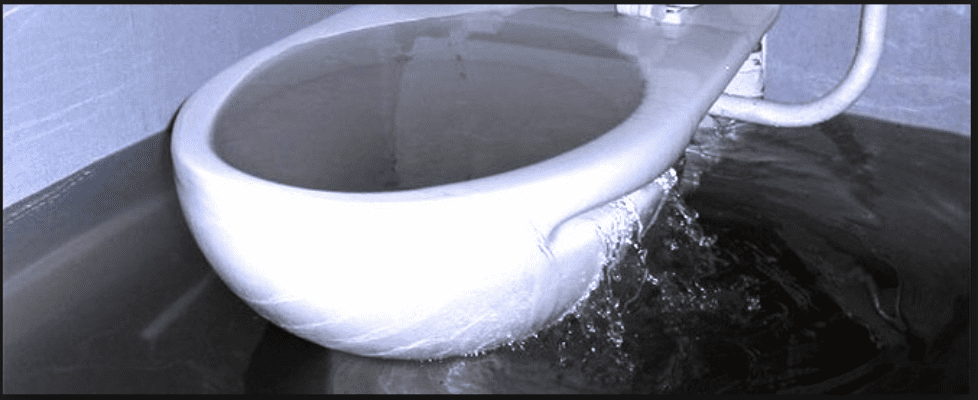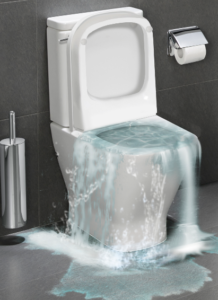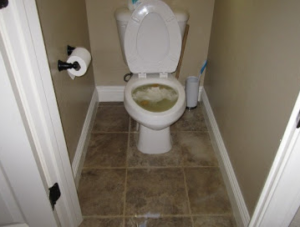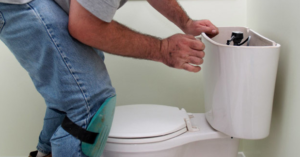Easy Fixes for an Overflowing Toilet
No matter how insignificant toilet overflow seems to be, it is liable to cause health risks and financial loses among other problems. Therefore, it is very necessary to fix an overflowing toilet as soon as you notice it. Accumulation of each overflow causes loss of gallons of water leading to increased water bills. Water dripping from the toilet to the sub-floors and bathroom floor may results to molding which will later lead to health problems to the occupants.
Fixing a running toilet may not necessarily require special knowledge or tools hence it is simple and easy for anybody to do it. All that is required is to notice a running toilet in good time before it causes serious damage and fix it soonest possible. Well, the following are simple steps to provide basis on how you can diagnose a running toilet and fix it.
Steps of Fixing an Overflowing Toilet.
Turn off Water Supply and Drain
This is the first and the most vital step that helps in stopping the flow of the water from the main supply to the toilet. Secondly, you should drain out all the water in the toilet tank by flushing, so that you can clearly see the flapper for effective inspection. Mostly a toilet will overflow in case the flapper is defective. Flapper refers to a round seal mainly made of rubber which to control the overflow of water in the toilet bowl and in the tank. Before flushing a toilet, it is necessary to do a thorough check and ensure that it is free from any obstructing solids. This will assists in preventing a sewage backup to your drainage system.
Remove the Tank Lid and Look inside
By removing the lid, you will be able to check the length of the chain connected to the flapper to ensure that it is not entangled. However, in case it is not well attached, it is important to do the necessary adjustment. Remember, a too long chain or too short chain is not preferred since they may be too loose or too tight to function appropriately. A too long chain could be cut using a cutter and reattached at its top most links.
Inspect Flapper For Problems
If adjusting the flapper does not stop the toilet overflow, you are required to remove it and find out if it has any of the following deterioration signs; holes, buildup of minerals, a major wear or discoloration. In case the flapper is not damaged, you could clean it, fix it and test its integrity. However, in case the flapper is damaged beyond repair, it has to be replaced. When changing the flapper, it is important to swap the entire toilet gutting; else they will be a bother in the future.
Cleaning a flapper
Dirty flapper should be soaked in vinegar for a period of 30 minutes and then scrubbed using a toothbrush to dislodge the buildups and dirt. Fix the flapper back to its positions and hold the hook on either side of the overflowing tube. You can test if the flapper is well fixed by running the water to the toilet tank and listening to its sound as it flows.
Adjust the Water Level
A toilet float is the major cause of the toilet overflow. A toilet float should be able to stop water from flowing into the over flow tube, or else it should be replaced. A Float arm is held firmly to a water valve by a screw. The screw assists in adjusting the height of the float. To replace an old valve, you should first the flow of water supply.
In case the overflowing toilet persists, it is important to contact professional to help you. An overflowing toilet that has gone to an extent of causing damages should be attended by an expert who will be able to resolve the damages in time and in the most appropriate manner.




